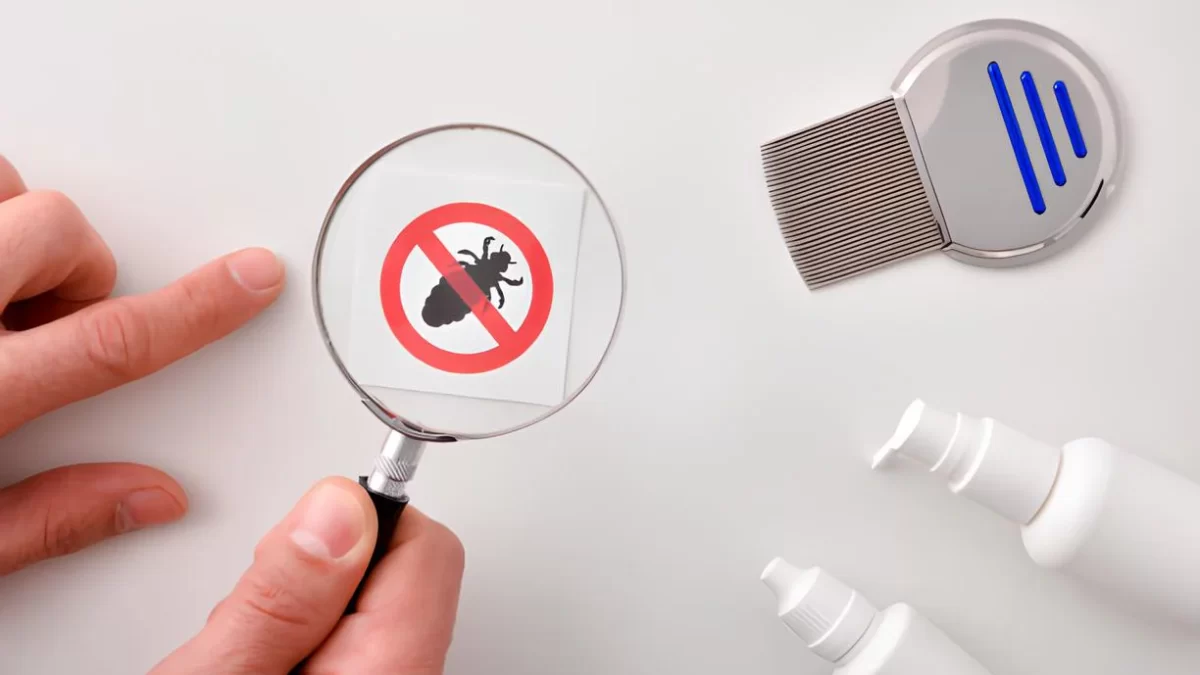Light is an important factor in how each insect moves around their habitat. Many homeowners do not realize their choice of light sources increases the number of pests surrounding their property. And you already know that the outdoor and indoor lighting you select and where you position it can decrease insect activity near your home, helping to establish a more livable environment.
Though proper lighting can discourage pests, it may be wise to seek professional help if you have a serious infestation. In the local area, persistent pest challenges will require Elgin Exterminator Services, which are designed to address the issue based on the types of pests common to your region. Understanding how lighting affects pest behavior is the first step to making your home less hospitable to bugs.
What Kind of Light Attracts The Most Pests?
Most flying insects are especially attracted to ultraviolet (UV) light, which has the shortest wavelength (375-380 nm) and greatest frequency of any light they recognize. Traditional incandescent bulbs attract as much as 30% more insects than other types of lighting, according to research from the University of Nebraska.
Of all the visible light, blue light is the second most attractive to insects because it has a wavelength of around 450-500 nanometers, a range easily perceived by most flying insects. White and fluorescent lights also attract a significant amount of pests since they emit a wide spectrum of light that includes attractive wavelengths.
Mercury vapor lights used in older streetlamps are an especially egregious offender, drawing in insects from great distances of their own because of terrifying UV output. How bright any light is also makes a difference — brighter lights generally draw more insects, regardless of their type.
Which Lights Should You Consider Putting At Home?
Some of the lights attract more pests than others. Consider using the guide below to understand which type of lights to put in your house to ensure it remains pest free forever.
- LED Options
Modern LED technology is a great solution for pest-conscious lighting. Warm-colored LEDs (2700K and below) emit little UV light and are less attractive to insects than cooler white LEDs. Other newer LED products designed specifically for pest reduction filter out wavelengths that are most visible to insects.
When used indoors, warm LED bulbs deliver friendly lighting and attract fewer pests when windows are open. Opting for outdoor LED fixtures with integrated motion sensors can provide further advantages by restricting the time lights are lit up, thereby minimizing the opportunity for luring in insects.
- Yellow “Bug Lights”
Yellow lights are the kind sold specifically as “bug lights” and emit wavelengths in the range of 550-600 nanometers, which most insects can’t see well. It might not be that these bulbs repel insects, but they are much less attractive to them than regular lighting. Yellow LED bulbs attracted 50 percent fewer insects than white LEDs of the same brightness.
Yellow bug lights are especially effective in outdoor fixtures close to entry areas, such as doors and patios. They give sufficient light for human activity without annoying a huge nuisance third-party visitor. When using these lights for maximum effectiveness, use an enclosed fixture that keeps insects away from the light source.
- Sodium Vapor Lights
Low-pressure sodium vapor lights produce a very specific range of yellow-orange light wavelengths that many insects can hardly detect. These lights have been proven to attract the least amount of bugs of any commercially available lighting option. Although they emit an orange glow that some homeowners find unattractive, they’re extremely effective at repelling bugs.
These lights are most effective in spaces where aesthetics take a backseat to pest control, such as garages, side yards, or utility areas. Another advantage is the energy efficiency of these lights, requiring less electricity than many other alternatives.

